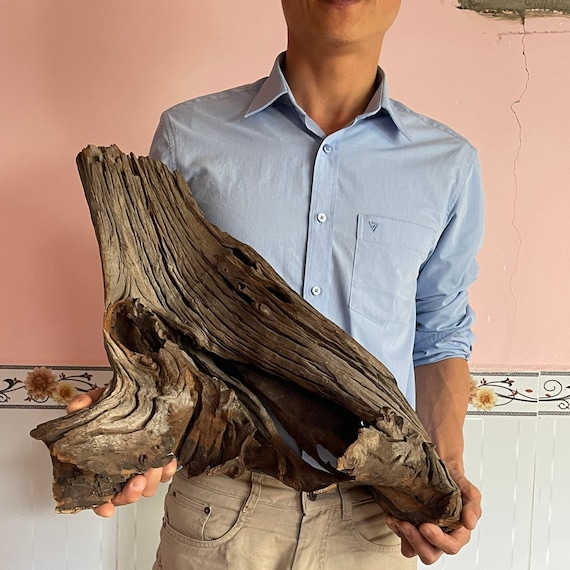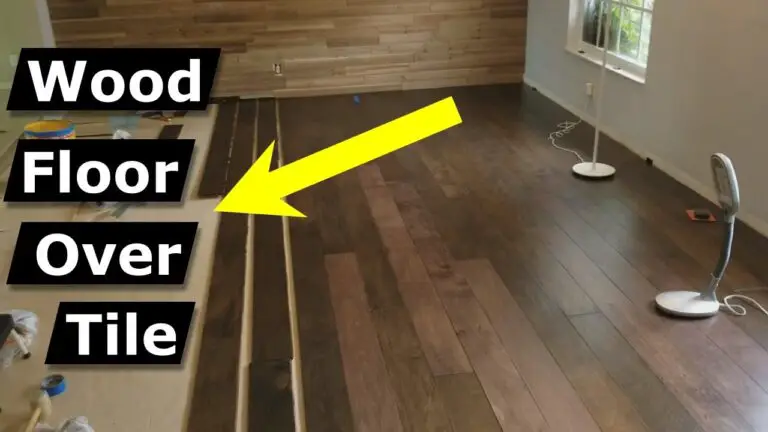Where to Find Drift Wood : Top Locations and Tips
Driftwood has a rustic and natural charm that makes it a popular choice for DIY projects, home decor, and landscaping. Whether you want to use it for creating unique furniture pieces, crafting art projects, or simply adding a coastal aesthetic to your home, finding the perfect driftwood can be a rewarding adventure. In this article, we will explore various locations where you can find driftwood and share tips on how to identify and collect it responsibly.
Beaches and Coastlines
One of the most common places to find driftwood is along beaches and coastlines. The continuous ebb and flow of tides, along with storms and high winds, contribute to the accumulation of driftwood along the shore. Look for beaches that are less frequented by tourists, as they are more likely to have an abundance of undisturbed driftwood. Keep in mind that it is important to respect local regulations and environmental protection laws when collecting driftwood from public beaches.
Rivers and Streams
Inland bodies of water such as rivers and streams can also be prime locations for finding driftwood. As water currents carry fallen trees and branches downstream, they can get caught on rocks or riverbanks, eventually washing up on the shore. When searching for driftwood in these areas, be mindful of private property boundaries and obtain permission from landowners if necessary.
Forests and Woodlands
If you prefer a more adventurous approach to finding driftwood, exploring forests and woodlands near water sources can yield unique and weathered pieces. Fallen trees and branches that end up in rivers, lakes, or ponds can drift downstream and become stranded in more secluded areas of the forest. Always practice caution and respect natural habitats while searching for driftwood in wooded areas.
Tips for Identifying Driftwood
When searching for driftwood, it’s essential to be able to identify it amidst the other debris and natural materials present in the environment. Here are a few tips for identifying driftwood:
- Weathered Appearance: Driftwood often has a smooth and weathered appearance, with distinct markings from exposure to water, sand, and sun.
- Lightweight: Due to its prolonged exposure to the elements, driftwood is usually lightweight and porous.
- Natural Shapes: Look for pieces of driftwood with interesting and natural shapes, as they can add visual interest to your projects.
Responsible Collection of Driftwood
When collecting driftwood, it’s important to do so in a responsible and sustainable manner. Here are some guidelines to keep in mind:
- Respect Protected Areas: Avoid collecting driftwood from protected or ecologically sensitive areas, such as wildlife reserves or fragile coastal habitats.
- Leave No Trace: Practice Leave No Trace principles by minimizing your impact on the environment and leaving the natural landscape undisturbed.
- Obtain Permission: If you plan to collect driftwood from private property or designated land, seek permission from the landowner or relevant authorities.
- Sustainable Gathering: Take only what you need and avoid hoarding large quantities of driftwood, allowing others to appreciate the natural beauty of these resources.

Credit: www.etsy.com
Frequently Asked Questions On Where To Find Drift Wood : Top Locations And Tips
Where Can I Find Driftwood Near Me?
You can find driftwood on beaches, rivers, and lakeshores, or in forests near water bodies.
What Are The Best Coastal Locations For Driftwood?
Coastal locations with rocky shores and strong tides often have abundant driftwood.
How Do I Determine If Driftwood Is Safe To Use In Crafts?
Check for signs of rot or insect damage, and avoid driftwood with a strong odor.
Is It Legal To Collect Driftwood From Beaches?
Laws vary by location, so it’s important to research and adhere to local regulations.
Conclusion
Finding driftwood can be an enjoyable and enriching experience, whether you’re a seasoned crafter, a nature enthusiast, or someone looking to incorporate coastal elements into your surroundings. By exploring beaches, coastlines, rivers, streams, and woodlands, and keeping in mind the importance of responsible collection, you can acquire unique and beautiful driftwood while preserving the natural environment. Happy hunting!






